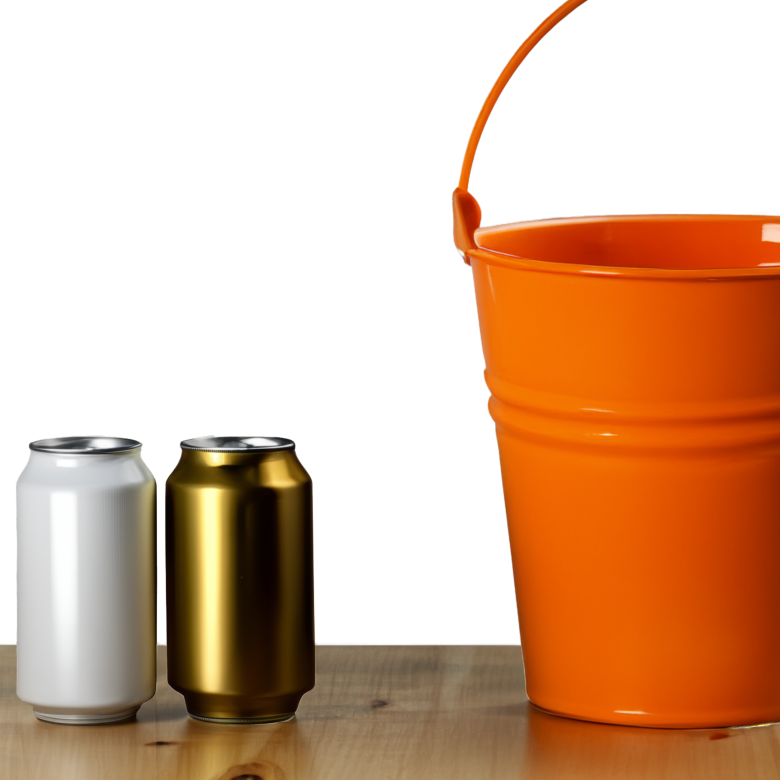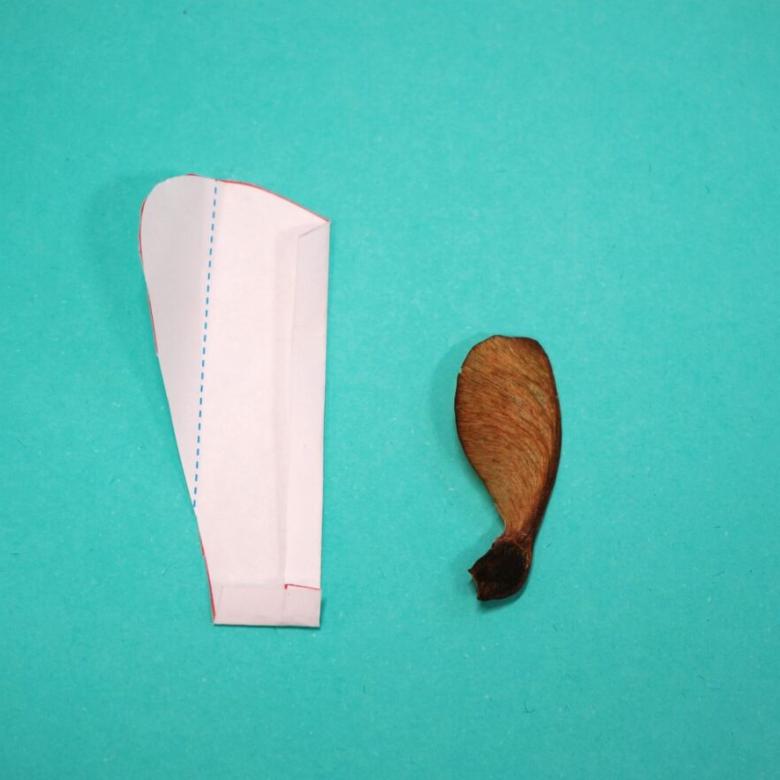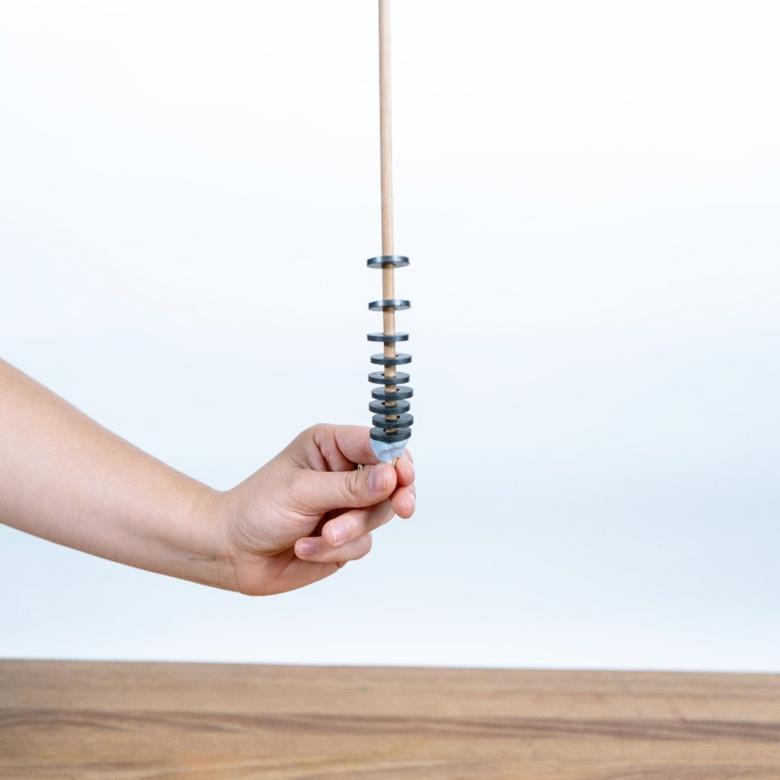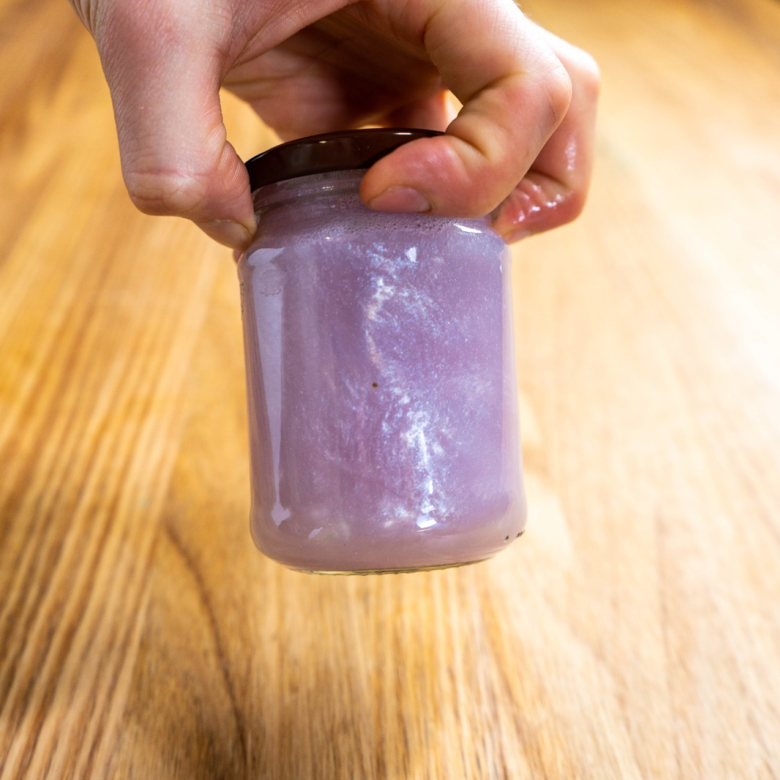You’ll need
- A large plastic container or bucket
- Water
- A can of regular soft drink
- A can of diet soft drink
What to do
- Fill the container three-quarters full of water.
- Lower the can of regular soft drink gently into the container of water and let it go. Does it float or sink?
- Now do the same thing with the can of diet soft drink. Does it float or sink?
Questions to ask
Does one can sink and one float?
If they both float, does one can sit lower in the water than the other?
Is there a way to change the results? Try floating the cans in something other than tap water, like salty water or vegetable oil.
Do other drinks work the same way? Repeat the experiment using different types of soft drinks or other drinks. Just make sure the cans are the same size. Are there any differences?
What's happening
The 2 cans of soft drink have different densities. This is because of the different amounts of dissolved sugar in the soft drinks. The more dissolved sugar there is in the liquid, the more dense it is.
The can of regular soft drink has a high concentration of dissolved sugar. This makes it denser, so it sinks lower in the water. For example, a single can of Coke contains around 40 g of sugar – that’s about 10 teaspoons!
The can of diet soft drink doesn’t contain any sugar. Instead, it contains a small amount of concentrated artificial sweetener. The density of the diet soft drink is lower. This makes it float higher in the container than the regular soft drink.
Did you know
Dissolved salts in sea water make it denser than fresh water. This means that fresh water floats on top of salt water.
Differences in salt levels and water temperatures of different bodies of ocean water can be responsible for large-scale ocean currents. This is because of the different densities. You can learn more about these currents by searching for thermohaline circulation. ‘Thermo’ means temperature and ‘haline’ means salt.






